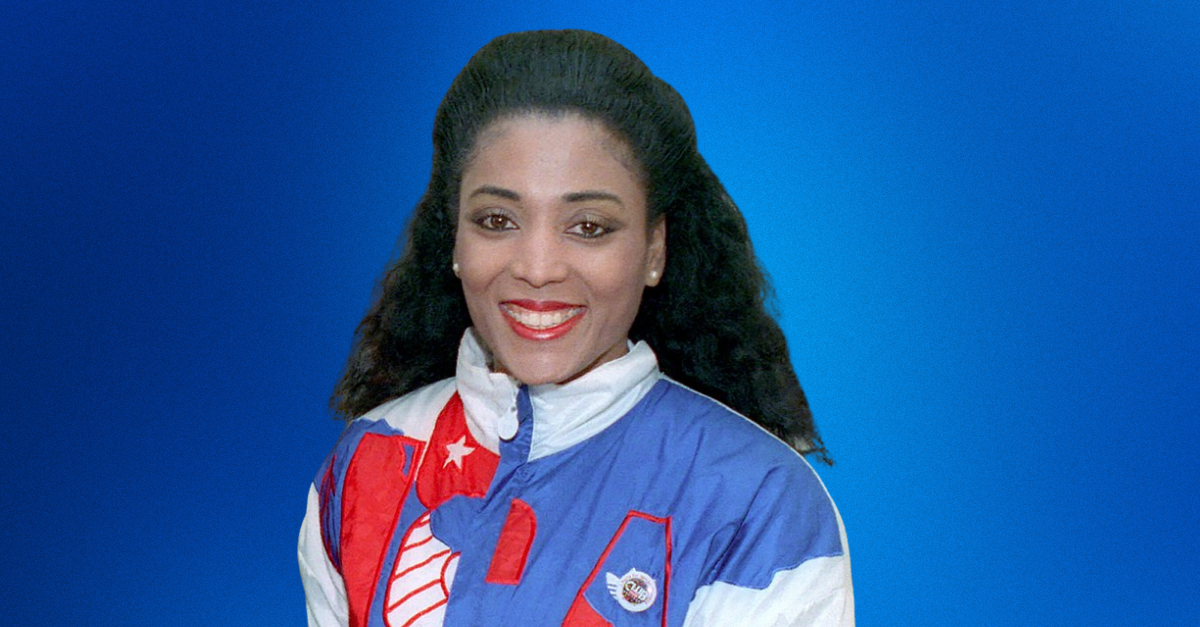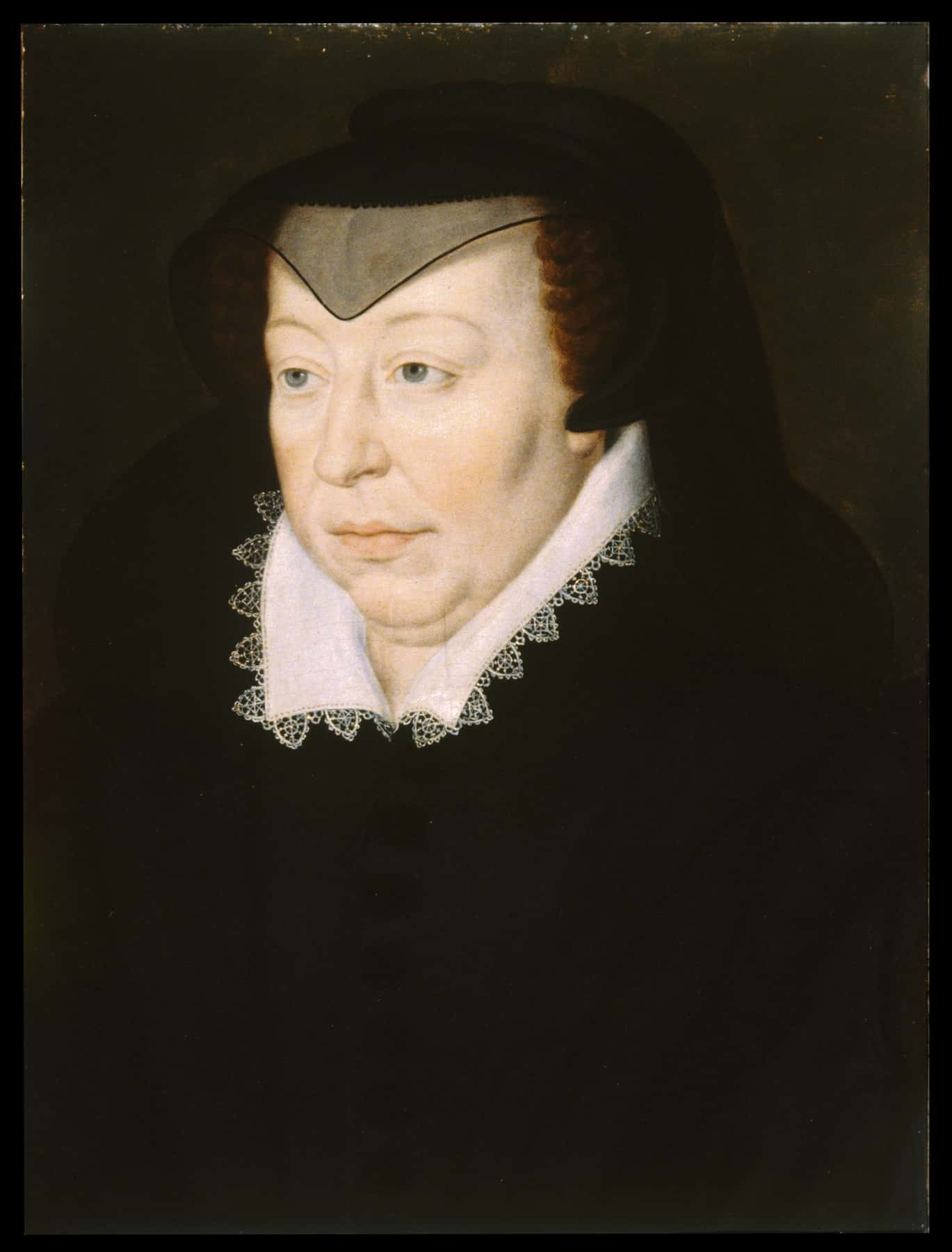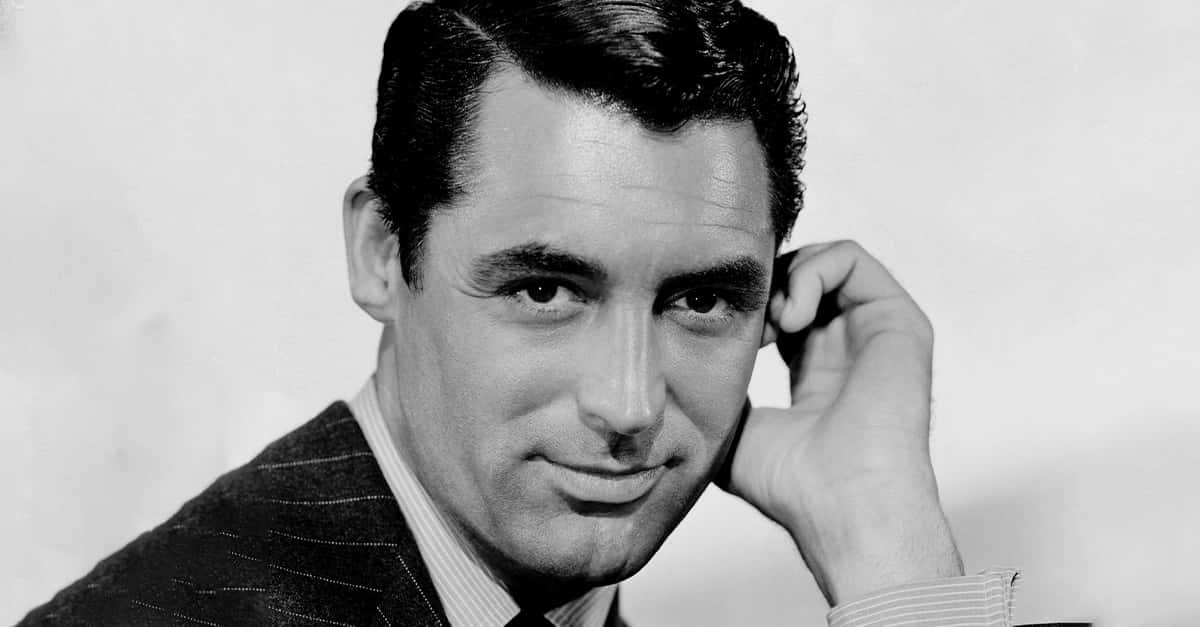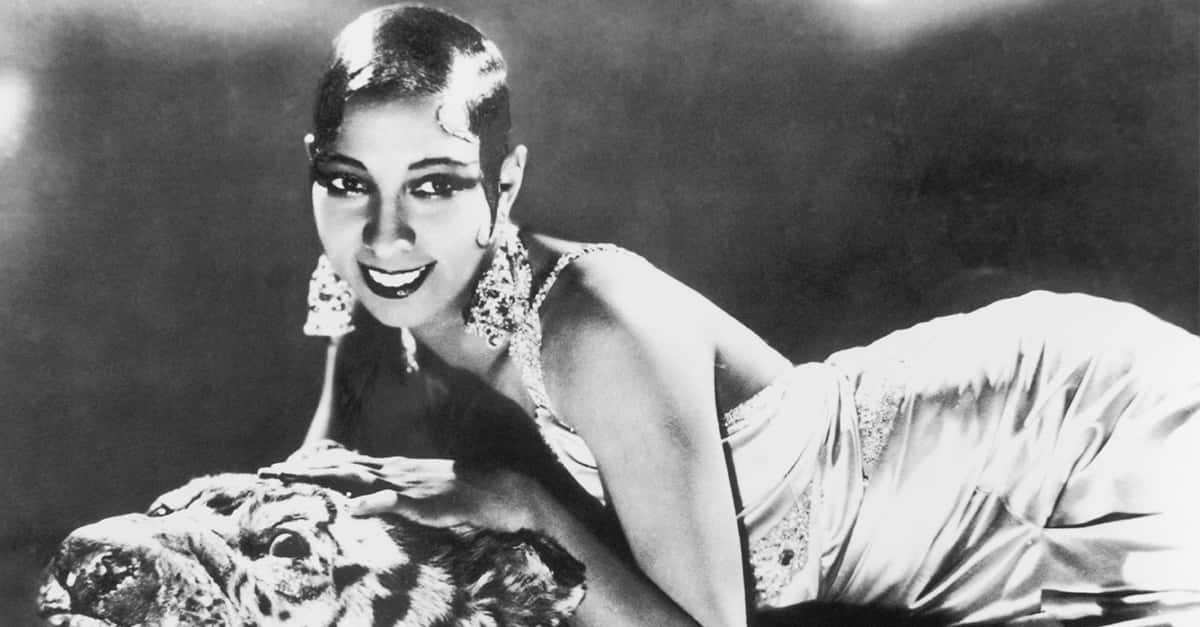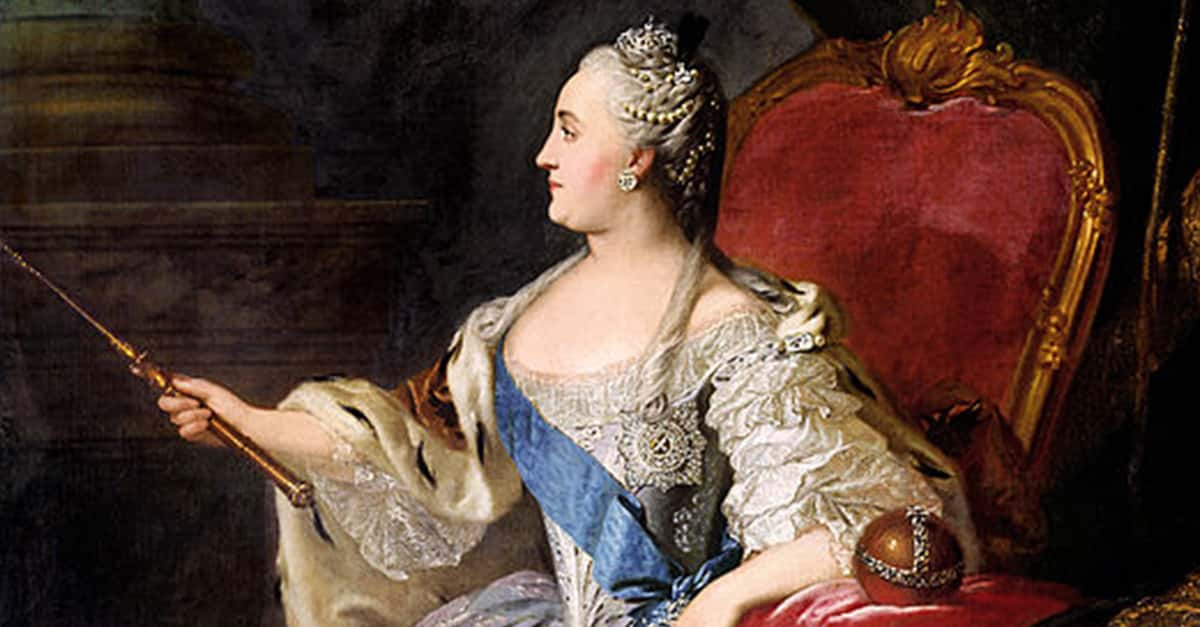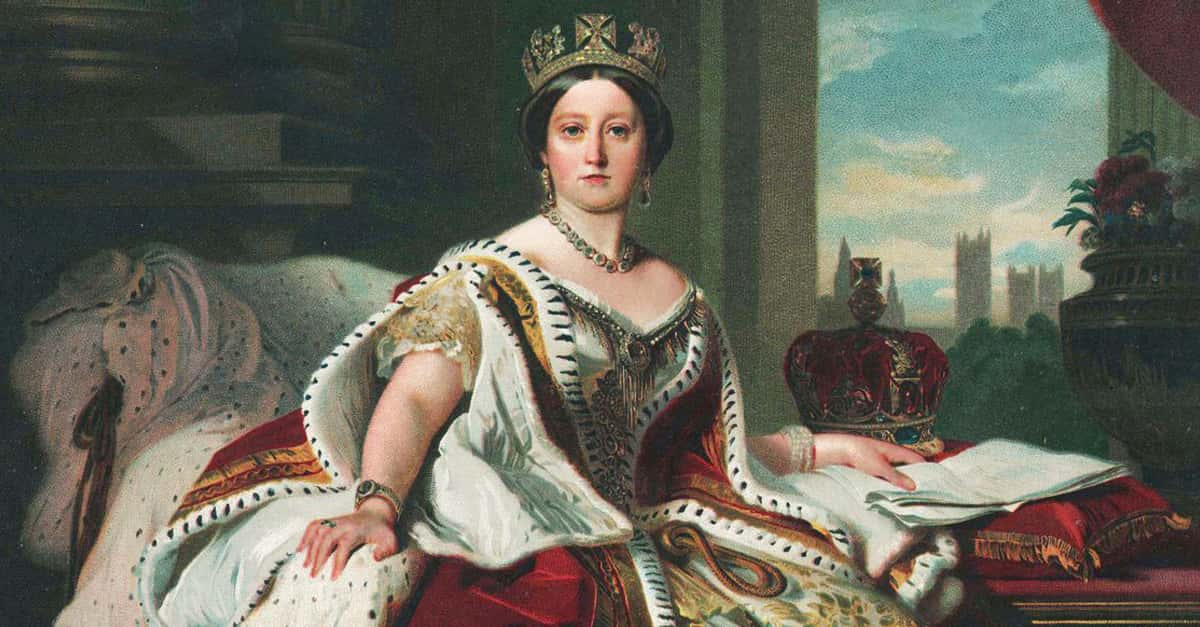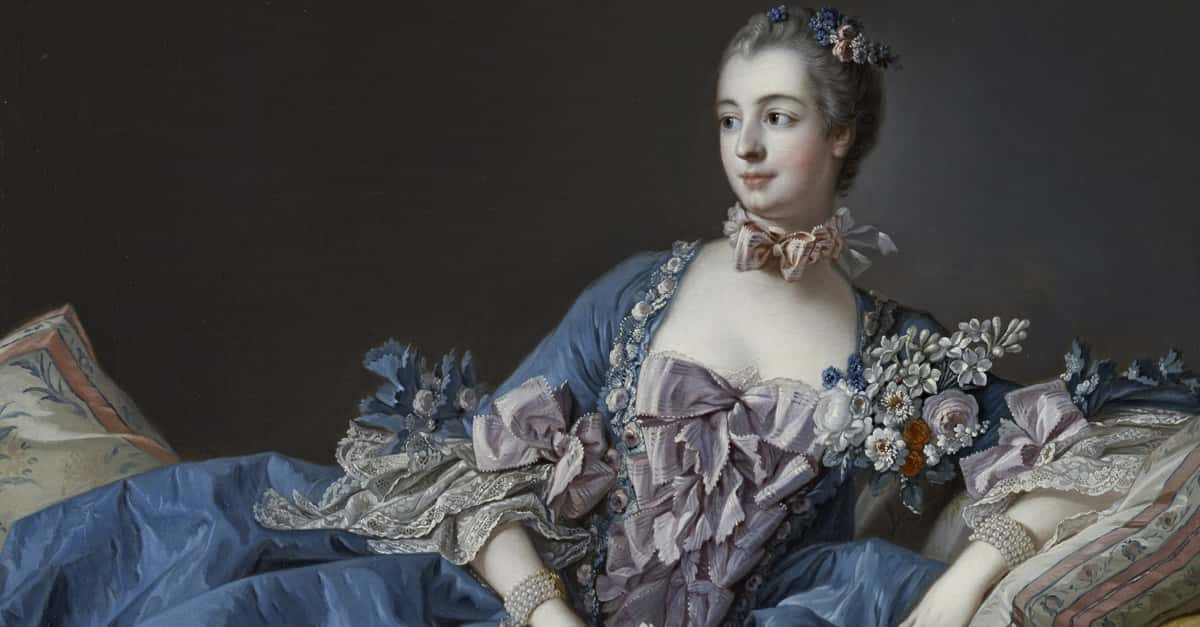She Left Us With A Mystery
In the 1980s, Florence Griffith Joyner stunned the world by becoming the fastest woman alive, shattering records with breathtaking speed. But just as quickly as she rose to dominance, she walked away from the track—at the very peak of her powers. Behind the glittering nails and electrifying sprints, however, lurked a tangle of dark and unsettling secrets.

1. She Was From A Big Family
Delorez Florence Griffith was born in Los Angeles, California on December 21, 1959. When she was growing up, she was one of eleven mouths her parents had to feed. Times were tough at the Griffith household, but Flo-Jo—as she would later become known—found a way to stand out.
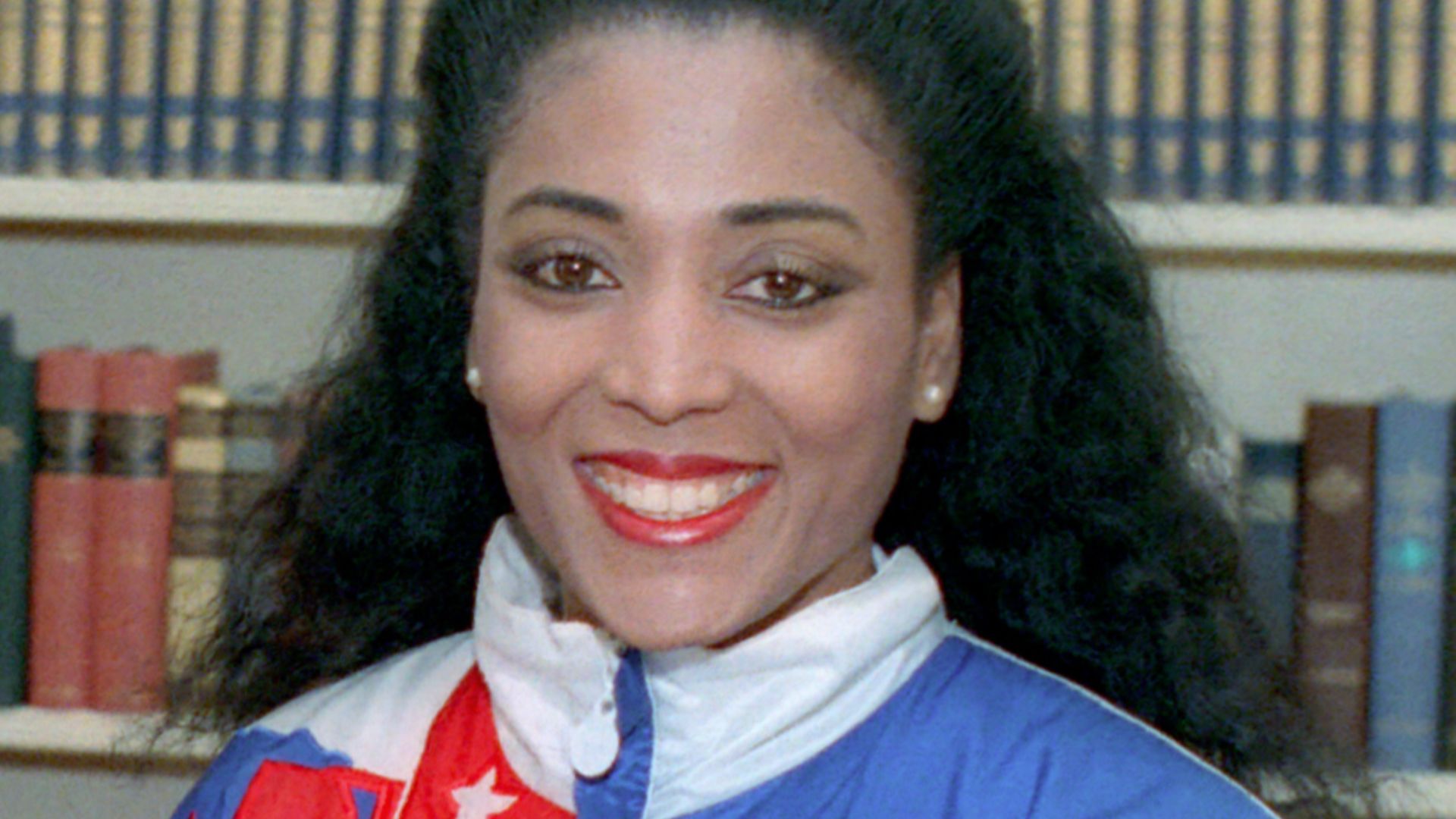 All the photographs are in the public domain and may be credited
All the photographs are in the public domain and may be credited
2. She Had An Odd Hobby
Not only could Griffith run faster than the other girls in her school, but she could also run faster than a lot of the boys as well. Interestingly enough, she already had a secret way of increasing her speed. From the age of seven, Griffith used to chase jackrabbits. She seemed destined for a future in track and field events, but at the time, that future just could not become a reality.
It was for a heartbreaking reason.
3. She Had To Earn
Even though she had the skill to pursue a spot on the US Olympic running team, there was something else Griffith had to do. She had to bring in money to feed her family. Remember, she had ten brothers and sisters at home and her parents' jobs did not pay enough to provide for them all. It looked like she had to say goodbye to her Olympic dreams.
And then she met someone who turned her life around.
4. He Wanted To Help Her
Griffith skipped college and was working to help with her family when she met the man that changed everything—coach Bob Kersee. Kersee saw that Griffith could make it in the world of sprinting, and he was going to make sure she had her chance. He got her a scholarship at UCLA and she quickly won titles at the United States College Championships.
But that proved to be only the beginning.
 MediaNews Group, Orange County Register, Getty Images
MediaNews Group, Orange County Register, Getty Images
5. She Took The International Stage
Griffith’s first international event was in Helsinki, Finland at the 1st World Championships in 1983. She took fourth in the 200-meter. The very next year, she competed in the Olympic games, which happened to be in her hometown, Los Angeles. Coincidentally, those games were heavily boycotted by Eastern Bloc countries which may have helped Griffith take home her silver medal. Either way, though, she'd begun to prove her worth as a sprinter.
But besides being incredibly fast, Griffith had something else fans couldn't look away from.
 Don Morley - EMPICS, Getty Images
Don Morley - EMPICS, Getty Images
6. She Started A Trend
Back in high school, Griffith liked to encourage her running mates to show a little style. Back in those days, it was her idea to wear tights under running shorts. This idea took off and became a major trend. Her penchant for trendsetting didn’t stop in high school, though. She flashed a beauty enhancement many people had never seen blazing down a track.
7. She Looked Different
Fans began to notice that Griffith looked different than other runners. She had incredibly long and elaborate painted fingernails. She also favored bright bodysuits that made her stand out from the other runners. Griffith had certainly made a huge splash in the track and field world, both as a sprinter and a style icon. So it came as a huge surprise when she simply vanished...
8. She Disappeared
In 1986, Griffith was in poor shape and, maybe even more surprisingly, working as a clerk for Anheuser-Busch. She was earning only $18,000 a year and supplementing this by braiding friends' hair. She later said that she felt so disappointed by only getting the silver medal at the olympics that she totally gave up. She had retired from running, and it looked like her short career was over.
But there was someone who just wouldn’t let that happen.

History's most fascinating stories and darkest secrets, delivered to your inbox daily.
9. She Needed Encouragement
Coach Kersee wasn’t about to give up on Griffith, and he convinced her to get back on the track. Kersee’s wife Jackie Joyner Kersee was a track and field sensation, and she also encouraged Griffith. She even introduced her to her brother Al who was a gold medal-winning triple jumper.
When the two athletes met, their hearts did triple summersaults.
10. She Got Her Name
Griffith met Joyner and the two quickly fell in love. On October 10, 1987, the two athletes headed down the aisle. The name Florence Griffith Joyner was a mouthful, so around this time, she took on the name “Flo-Jo”. It was a name that sounded as fast as she was. And considering what happened next, she took on her iconic moniker at just the right time.
11. She Did It Faster
Flo-Jo quickly got back into shape and hit the trials for the upcoming Olympics in Seoul, Korea. In the quarterfinals for the 100-meter dash in Indianapolis, no one expected much from Flo-Jo, who’d been toiling away at her office job. Also, the 100-meter event hadn’t been something she’d done a lot.
But she was about to make everyone sit up and stare.
12. She Burned The Competition
When Flo-Jo did her 100 meters dash, she made jaws drop. Her start wasn’t that great, but just after half way through the run, she found something. She found the strength to beat her competitors. But, as it turns out, she didn’t just shock the other women on the track that day...
13. He Could Barely Speak
Before this day in Indianapolis, the fastest recorded running of a 100-meter dash by a female athlete had been 10.76 seconds. The commentator couldn’t believe his eyes when Flo-Jo did it in 10.49. His stuttered response was simply: “I…it can’t be, nobody can run that fast”.
Some thought it was too good to be true.
14. They Found An Excuse
Some track and field fans couldn’t get their head around the fact that an office worker with six inch, extravagantly painted fingernails could beat a world record. They searched for some kind of explanation, and all they could come up with was that the wind had helped her. Luckily, Flo-Jo's chance to silence all the critics loomed on the horizon.
15. She Said No To Cash
In the meantime, Flo-Jo and her husband met Gordon Baskin who was offering to be her personal manager. He said that there were offers coming in for Flo-Jo to do TV commercials. His suggestion was to do racing meets in Europe and at the same time do endorsements to make money. Baskin thought that Flo-Jo could earn a few hundred thousand dollars this way.
But there was going to be a hefty price to pay.
16. She Made A Tough Decision
Baskin admitted that if Flo-Jo went for the quick cash doing endorsements, she would not be able to fully focus on getting ready for the Seoul Olympic Games. She turned to her husband for advice and he said the money she would earn doing endorsements was like “fool’s gold”. In the end, she made a pocket-hurting decision. She agreed and decided to train instead. Fortunately for her, though, she soon discovered she'd made a truly life-changing choice.
17. She Took Home Gold
Flo-Jo’s accomplishments at the Seoul Olympics were nothing less than astonishing. Her time for the 100-meter dash wasn’t as fast as in the US trials, but it was still fast enough for a gold medal and a world record. But even with those stunning achievements, Flo-Jo wasn’t through demolishing the competition.
18. She’s Still Number One
Flo-Jo also competed In the 200-meter dash in Seoul. With her time of just 21.34 seconds, she again took home the gold and broke yet another world record—a record that remains in tact to this very day. After her breathtaking win, Flo-Jo did something that the world will likely always remember.
19. She Hit The Ground
After Flo-Jo’s gold medal and world-record-breaking 200-meter dash, she dropped to the ground. She kneeled on the track and pressed her hands against it, probably totally blown away by her own achievement. Cameras caught her fingernails, long and painted in red, white and blue, the colors of her country. One other color accented the design and made it complete—gold—the color of the medal she’d just won.
But the games weren’t over yet.
20. It Was A Huge Success
Flo-Jo wasn’t through winning medals yet. She still had relays to run. With her teammates, she took home another gold and silver medal. All in all, the Seoul games had been a huge success for Flo-Jo, and the start of a great career. But there was trouble simmering in the background.
21. It Was Unbelievable
People just couldn't believe how fast Flo-Jo was. But there was something else. They also noticed that her body had changed dramatically. The rumor was out there—maybe Flo-Jo was taking performance-enhancing steroids. And just as that rumor started to catch wind, something happened to make things much worse for her.
22. He Got Caught
Canadian sprinter Ben Johnson had also made quite the splash at the Seoul Olympics, and also in the 100-meter dash. But shortly after his win, authorities made a shocking discovery. They had proof that he had taken a steroid to enhance performance, an ultimately disqualified him. With her more muscular body and flashy wins, this suspicion trickled down to Flo-Jo.
She had some explaining to do.
23. She Had A Simple Explanation
As all these rumors about doping went around, Flo-Jo had to eventually explain how she had gotten so fast. She said it was simply a very strict diet and intense exercise. To some people, this seemed just too simple. Flo-Jo stuck to her story, but before long, another accusation came along to put the nail in the coffin.
24. She Got Accused
The same year that Flo-Jo took home all the medals, US sprinter Darrell Robinson made a jaw-dropping announcement. Robinson had the same coach as Flo-Jo, Bob Kersee, and Robsinson said that Kersee advised him to use steroids. This led many to believe that if Kersee offered steroids to Robinson, he must have also given them to Flo-Jo.
But Robinson wasn’t through with his accusations yet.
25. He Had A Reason
Robinson went on to say that he had actually bought Human Growth Hormone (HGH) for Flo-Jo. Robinson also included track and field star Carl Lewis in his accusation. This was all big news, and it took the running world by storm. But many thought that Robinson may have had an ulterior motive.
26. He Had His Reasons
Robinson told his story to a West German magazine called Stern and they paid him $50,000 to tell it. Next, he turned to NBC’s Today to tell the same story. This time he just picked up an additional $10,000. Robinson was dragging Flo-Jo’s name through the mud, and Flo-Jo wasn’t doing anything to stop him.
But even though Flo-Jo refused to act, someone else couldn't go down without a fight..
27. She Didn’t Move A Muscle
Lewis set his sights on Stern magazine and sued them for $182 million. While the outcome of this lawsuit is not public knowledge, it made some folks wonder why Flo-Jo didn’t also take legal action when her name became associated with steroids.
The mystery only intensified when, Flo-Jo’s life took a dramatic turn.
28. She Walked
While Flo-Jo was still feeling the high of being the fastest woman in the world, she did something totally unexpected. She quit. This abrupt decision led many to believe that she was quitting because she knew she couldn’t continue to win without using medicine to enhance her performance.
But there was actual proof to the very contrary...
 Donaldson Collection, Getty Images
Donaldson Collection, Getty Images
29. She Passed The Tests
What Flo-Jo’s supporters did was remind everyone about one very important fact. In 1988, around the time of the Seoul Olympics, Flo-Jo passed substance tests 11 times. If this was true, then why did Flo-Jo quit running? Well, those tests looked good for Flo-Jo, but there was one thing wrong with them.
30. There Was Something Missing
The tests used at this time did not check for Human Growth Hormone. This was the exact substance that Robinson had said he’d bought for Flo-Jo. In fact, this was the first year that the Olympic committee had banned HGH. Once again, people started believing that Flo-Jo had quit to avoid more testing.
But, if you believe her side of the story, she had numerous other reasons for retiring.
31. She Wanted To Earn
Now don’t forget, Gordon Baskin had encouraged Flo-Jo to do endorsements even before she wowed the world in Seoul. And after Seoul, he had dollar signs in his eyes. He was sure she could make even more money as she was an even more famous athlete. She also had one other undeniable thing going for her.
32. She Was A Step Ahead
Yes, many Olympic athletes make endorsement deals when they find fame, but Flo-Jo had something more than people like Mary Lou Retton or Bruce Jenner. Flo-Jo already had her own original style. You didn’t need to follow sports to know who Flo-Jo was. This was something that the right manager could turn into gold.
But there was more to it than just style.
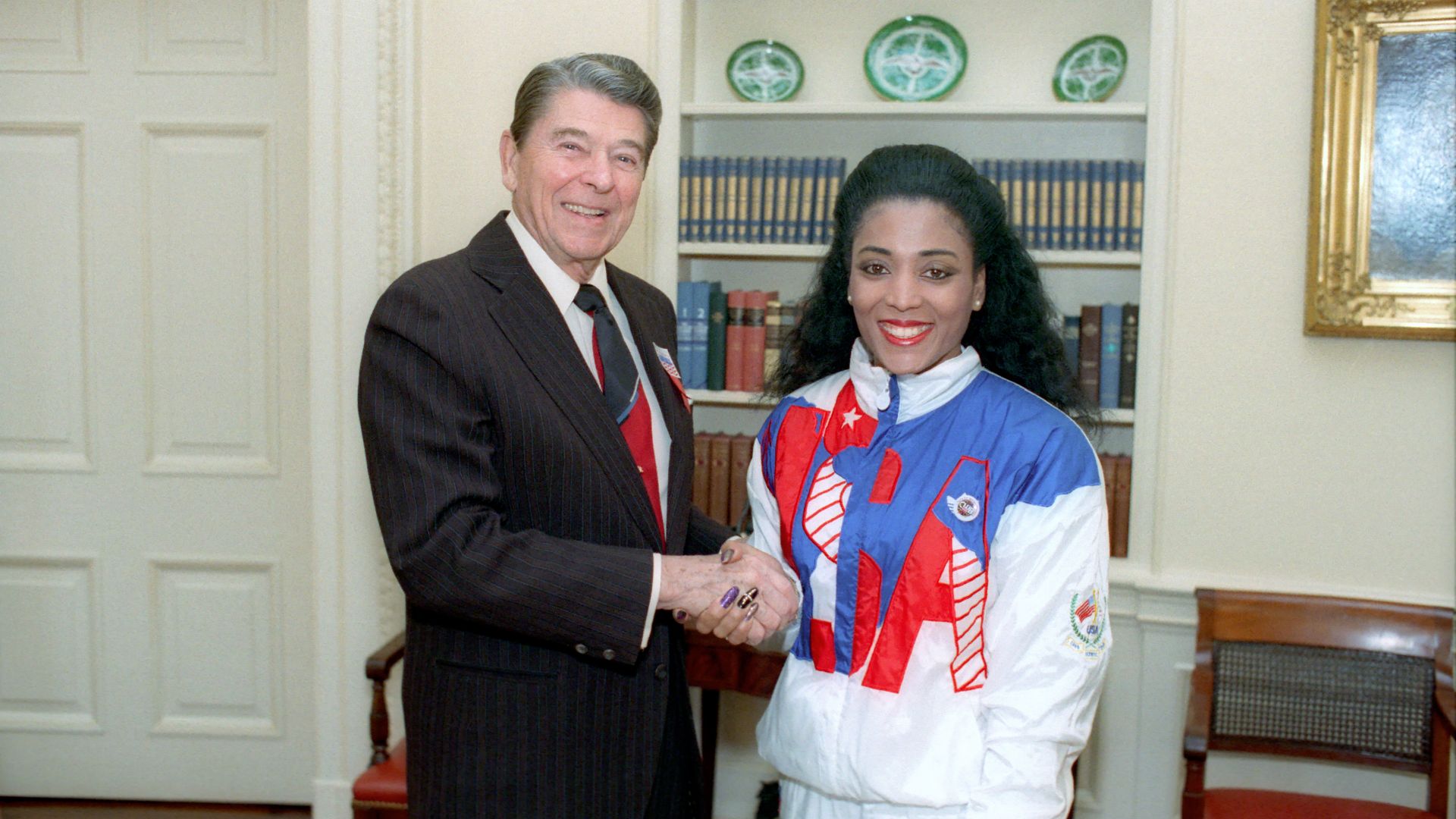 TaurusEmerald, Wikimedia Commons
TaurusEmerald, Wikimedia Commons
33. She Was Feminine
One thing that Flo-Jo had over other female athletes looking to cash in on their fame was femininity. The truth was—at least back in the 1980s—it was difficult to associate a female athlete with fashion because they lacked femininity. Flo-Jo’s hair, makeup, outfits and certainly those six-inch nails were a new phenomenon.
And Baskin was ready to exploit it.
34. She Had An Effect
What Flo-Jo had was what business people call the crossover effect. At this time, it was almost unheard of to have magazines like Vogue and Cosmopolitan show interest in athletics. In Flo-Jo’s case, she attracted both women who liked sports and women who liked fashion. Flo-Jo was ready to cash in, and her first stop was an overseas market.

35. She Was Big In Japan
One of Flo-Jo’s first money making ventures was in Japan. This was a TV spot for an employment company whose simple message was that to fulfill your dreams you need energy. Also in Japan, she did ads for Mitsubishi and she designed her own running shoes.
Japan loved Flo-Jo, but they wanted even more than that.
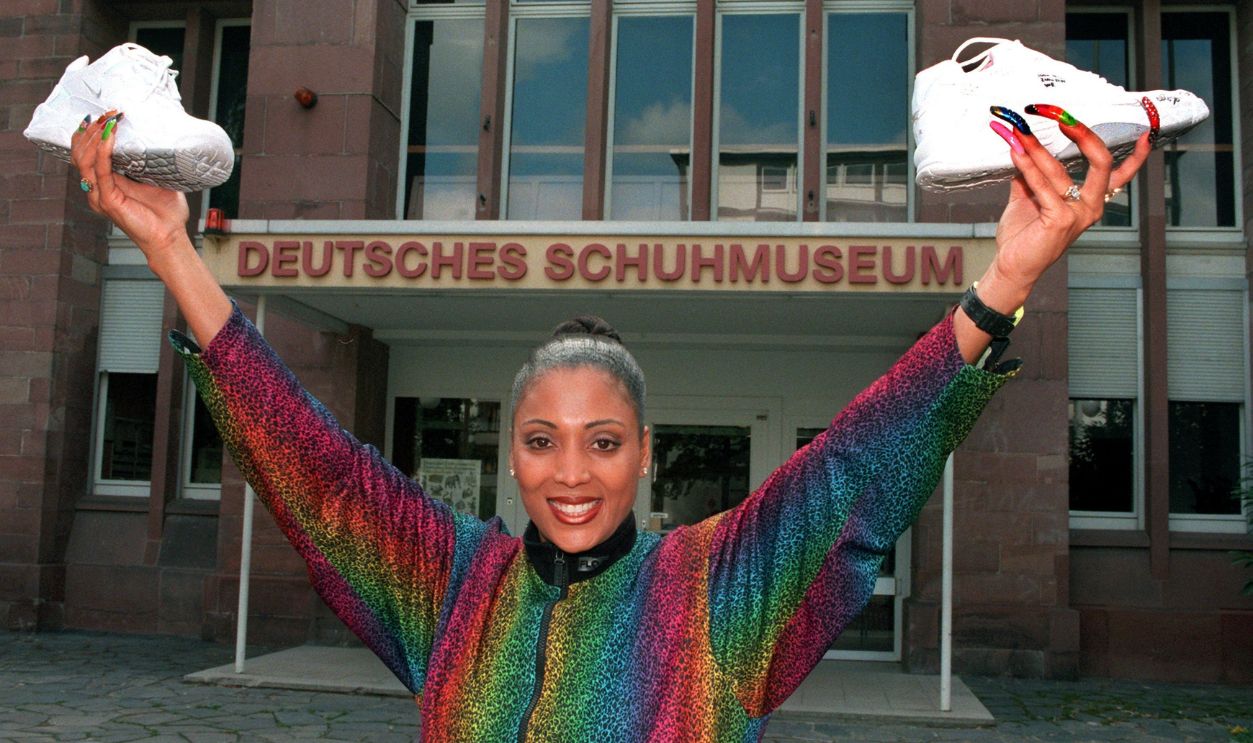 picture alliance, Getty Images
picture alliance, Getty Images
36. They All Wanted Her
By the time she got through her engagements in Japan, Flo-Jo had five different deals. Altogether, they brought in something close to $2 million for her. That’s big bucks for a woman who’d grown up poor. Next, she set her sights on the American market. But there was a problem back in her own country.
37. America Didn’t Want Her
While Japan was eating Flo-Jo up, American companies were a little more hesitant. The scandal with Ben Johnson had turned advertisers away from Olympic athletes. It wasn’t good optics to have an endorsement affiliation with someone using steroids to win events.
And then things got a little bit worse.
38. She Looked Suspicious
As previously mentioned, Olympic authorities had caught Canadian sprinter Ben Johnson doping, and his coach wasn’t about to let him go down alone. Coach Charlie Francis made a stunning announcement to the media. He said that many world record holders had used steroids. He didn’t mention Flo-Jo by name, but the world looked over at her with suspicious eyes.
Once again, Flo-Jo was in the spotlight, and it wasn’t for a good reason.
39. He Had Her Back
Flo-Jo continued to deny that she had used anything illicit to enhance her performance, but her manager wanted to make things perfectly clear. He accused Johnson’s coach of being a dealer to athletes. He insisted that, for this reason, sports fans should not believe what he said.
Eventually, American companies started to see that Fo Jo was one of the good ones, and her endorsements came rolling in.
40. She Was A Doll
The LJN toy company had an idea to make a doll in Flo J’s image. The doll came in a one-legged running suit in classic blue and pink. She also came with painted fingernails. Baskin hoped to bring in the big bucks with the new toy, with his eye on competing with Barbie which took in over $400 million in sales that year.
Flo-Jo’s next stop was national television.
 FloJo 1989 Vintage Doll by LJN ~ Toy-Addict by Toy-Addict
FloJo 1989 Vintage Doll by LJN ~ Toy-Addict by Toy-Addict
41. She Tried Acting
Flo-Jo’s post-athletic career also included television. She appeared as herself in The Nanny and Pacific Blue. In the TV soap Santa Barbara, she actually tried acting and appeared as "Terry Holloway" for six episodes. She also guest starred with Bob Hope in Bob Hope’s Jolly Christmas Show. But not all of Flo-Jo’s plans were about publicity.
She had a very personal journey she was ready to begin.
42. She Wanted A Family
Another reason for Flo-Jo to quit running was that, despite her fame and success, she wanted a very different life. She wanted to have a baby and a family. In 1990, she gave birth to Mary Ruth. Flo-Jo’s daughter now simply goes by Mary Joyner and has a singing career. Even with that personal dream come true, the sad truth was that Mary Ruth would only be with her mother for less than ten years.
 Joyner family, Online USA, Getty Images
Joyner family, Online USA, Getty Images
43. She Helped The Kids
Besides taking care of her own child, Flo-Jo also took care of others. Using her fame she established a foundation that would support children in need. This was the Florence Griffith Joyner Youth Foundation, which used athletics and education to help children in need.
But she wasn’t totally through with the sports world...
44. She Made A Promise
Flo-Jo had previously made a promise to herself. She wanted another world record, and this time it would be in the 400-meter race. But between the TV appearances, charity work and public speaking gigs, Flo-Jo was spreading herself thin. She had a big decision to make.
45. She Said Goodbye
Flo-Jo knew that she couldn’t do it all. She was a mother, she did charity work and she was a public personality. Training to compete again just wasn’t a realistic idea and it looked like she would have to give up on her dream. With tears in her eyes, that is exactly what she did. But she wasn’t through with accepting accolades.
46. He Chose Her
In 1993 then-president Bill Clinton was in search of an athlete to co-chair the President’s Council on Physical Fitness. Flo-Jo’s speed, talent and style made Clinton notice her and give her the job, where she helped kids across the country get into fitness and sports. Then, in 1995, she found herself in the Track and Field Hall of Fame.
Flo-Jo’s life was looking truly rosy when tragedy struck.
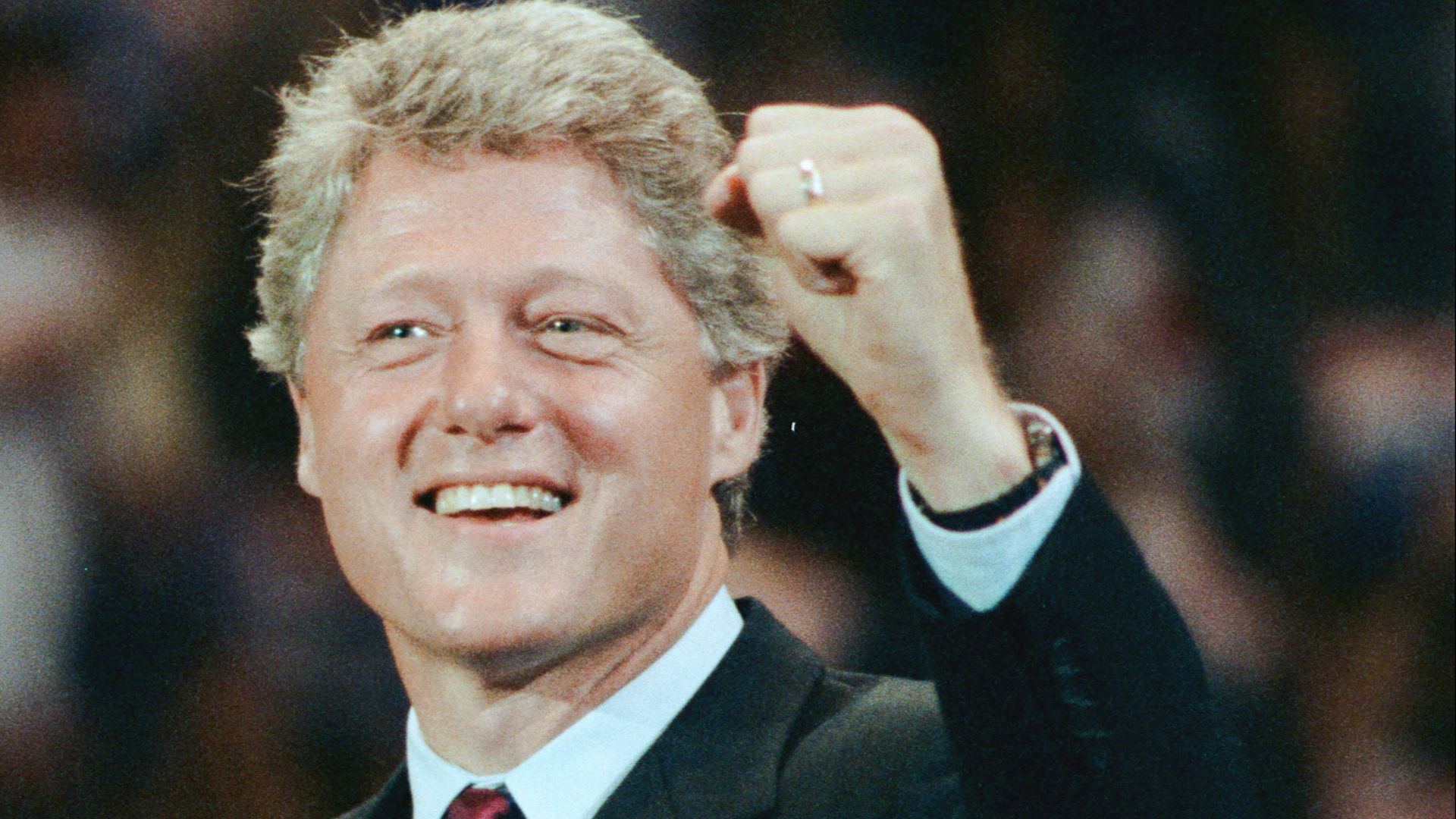 Kenneth C. Zirkel, Wikimedia Commons
Kenneth C. Zirkel, Wikimedia Commons
47. It Was A Mystery
On September 21, 1998, Flo-Jo went to sleep and never woke up again. She was just 38 years old and the world was in shock. Her family said it was due to the epilepsy she had previously suffered from. But most fans had no idea about Flo-Jo and epilepsy. Suddenly this sad passing seemed suspicious and perhaps caused by the human growth hormone many suspected her of using.
The world waited for the results of the autopsy with bated breath.
 Fairfax Media Archives, Getty Images
Fairfax Media Archives, Getty Images
48. They Explained It
The only thing the autopsy came up with was that Flo-Jo had used acetaminophen, a common pain reliever, and Benadryl for her allergies. Doctors confirmed that neither of these medications had caused her passing. A much more sinister condition ended it all—a congenital brain condition known as cavernous angioma.
But some people weren’t buying this explanation.
49. Some Are Still Not Convinced
Some members of the media were not about to let this go. They found out that people who use HGH for an extended time, run the risk of acromegaly. One of the symptoms of this is larger than normal internal organs. Notably, in the autopsy, health authorities did find that her heart, and other organs, were larger than normal.
Even so, most were just ready to mourn the passing of a super athlete.
50. There Was One Last Chance
Before she passed, Flo-Jo taped an entire week of episodes as a guest on the popular game show Hollywood Squares. Strangely, her week on the show began on the same day she’d passed. While it might have been strange to see Flo-Jo confined to a square instead of running on the track, it was still one last chance for her fans to see their favorite athlete.
You May Also Like:
Athletes That Went Way Too Soon
The Olympics Of The Olden Days

